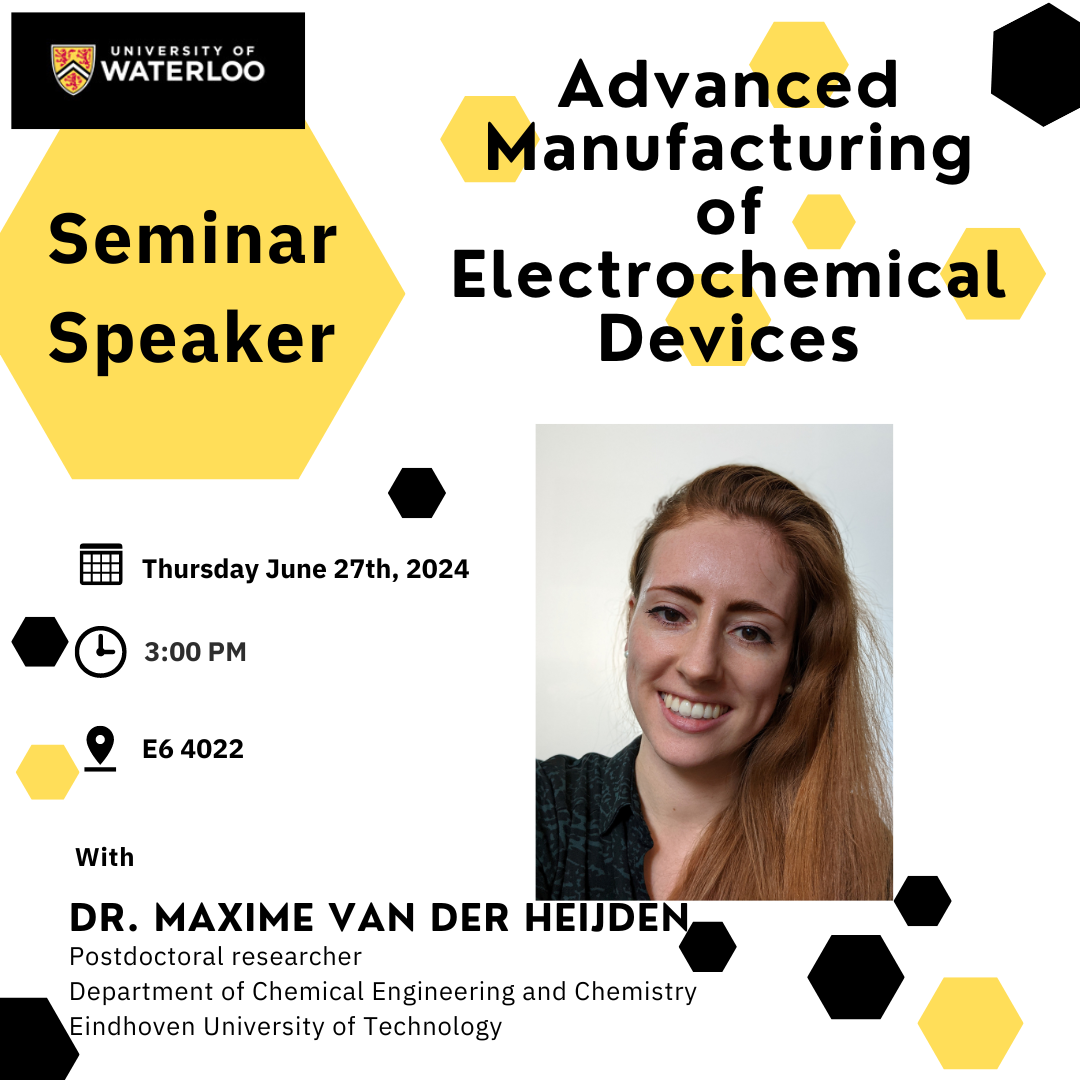
Abstract:
Advanced electrochemical systems, such as redox flow batteries, rely on porous electrodes, which determine the performance and costs of the system. Conventional porous electrodes currently used in convection-enhanced technologies are carbon fiber-based papers, felts, and cloths developed for their use in low-temperature fuel cells; as such, their microstructure and surface chemistry are not tailored for the use in redox flow batteries. Thus, there is a need for targeted synthesis and engineering of porous electrodes with customized properties to meet the requirements of liquid-phase electrochemistry. Specifically, the three-dimensional structure of the porous electrode is critical as it governs the available surface area for electrochemical reactions, electrolyte transport, fluid pressure drop, and electronic and thermal conductivity. However, the role of the electrode microstructure and therefore their optimal design for specific flow battery applications remains unknown. Hence, a multi-variable optimization problem at different spatial and temporal scales must be solved with highly coupled transport phenomena and kinetics.
In this research seminar, I will discuss my PhD work focused on the development of a novel framework to design and synthesize electrode structures from the bottom up, tailored to emerging electrochemical technologies with a focus on redox flow batteries. During my PhD work, I elucidated fundamental structure-function-performance relationships by imaging and modeling commercial electrodes, which I used to design hierarchically organized porous electrodes through topology optimization and to manufacture model grid structures with 3D printing. In this seminar, I will touch upon the different research topics of my PhD by introducing the developed pore network model for redox flow batteries, a novel genetic porous electrode optimization algorithm, advanced imaging of electrochemical systems using neutron radiography, and finally the manufacturing of porous electrodes using 3D printing. Moreover, I will present my ongoing postdoctoral research on additive manufacturing, topology optimization, and confocal imaging of porous carbonaceous and metallic electrodes for electrochemical devices.
Finally, I will end my research seminar with my future plans to manufacture porous transport layers, such as porous electrodes and flow fields, for electrochemical devices (e.g., electrolyzers, flow batteries, fuel cells) optimized for the specific reactor design and operation conditions. My proposed research will bridge the gap between experimental and computational approaches by combining imaging diagnostics, computational optimization, and advanced manufacturing strategies. To realize this goal, I identified three connected core competencies. My first research focus will be on multiphase mass transport in porous transport layers to gain a fundamental understanding of the structure-performance relationships in electrochemical devices. These learnings will be used to optimize the porous transport layers using computational strategies, with the final aim of manufacturing optimized designs with great control over the structure and properties using additive manufacturing.